Family stories have been a staple of television since its inception.
They tug at our heartstrings, make us laugh, and remind us that no matter how messy things get, family—whether by blood or by choice—is at the heart of the human experience.
But the precise meaning of “family” has changed dramatically over the years, and television has followed suit, reflecting those changes in compelling and sometimes groundbreaking ways.
Let’s dive into how these shows reflect our changing views on the meaning of family.
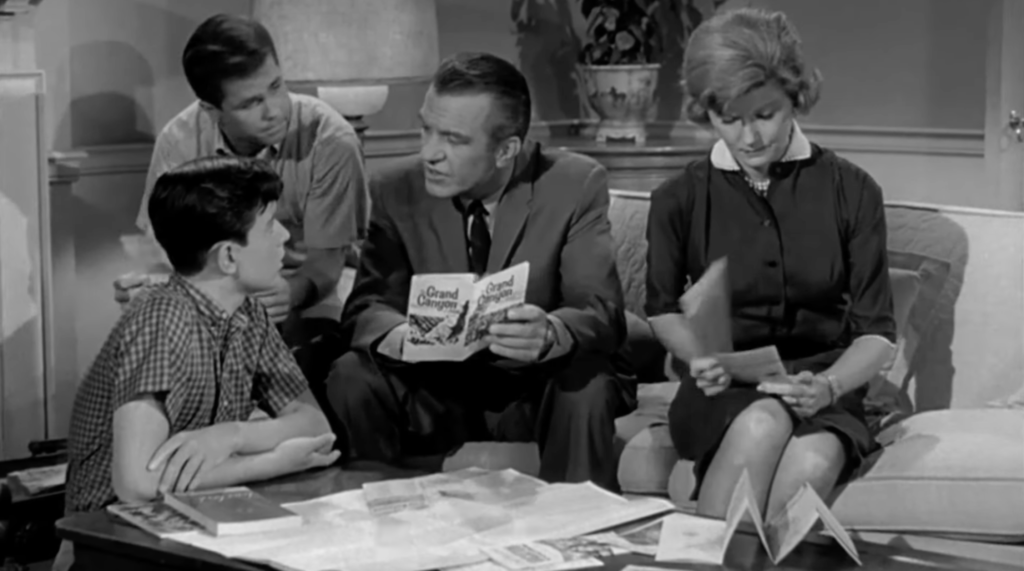
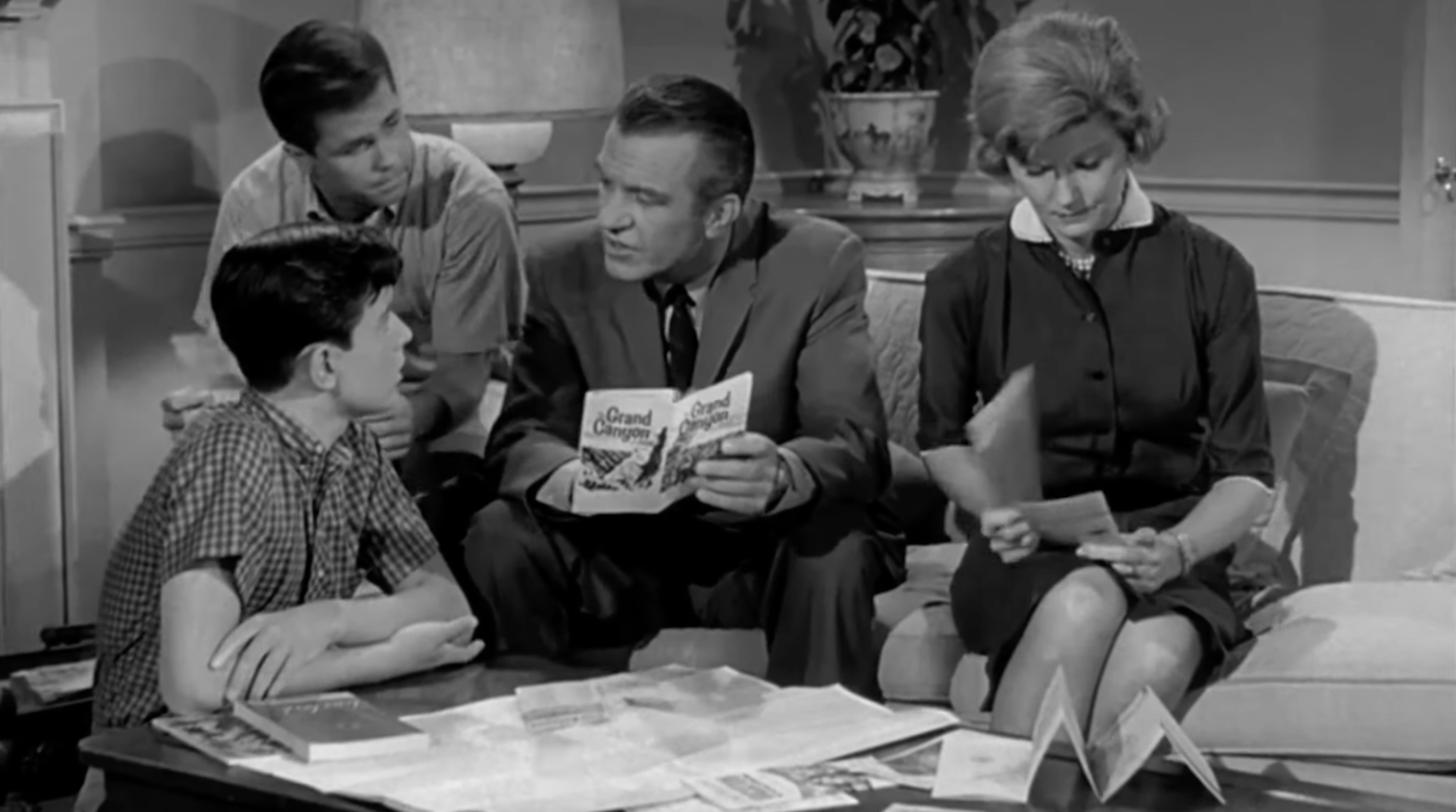
The golden age of the nuclear family
Back in the early days of television, family dramas were an extension of the brand: wholesome, harmonious, but a little too perfect.
Shows like “Leave It to Beaver,” “Father Knows Best” and “The Brady Bunch” paint a picture of the ideal nuclear family. Dad works, Mom keeps the house spotless, and the kids learn life lessons in the 22-minute session.
But let’s be honest: These families aren’t entirely realistic.
They reflect the postwar optimism of the 1950s and early 1960s with well-defined characters and delightful endings. Conflicts rarely persist, and social complexities are kept firmly off-screen.
Still, there is some comfort in these stories, even though they are a bit dated now. They set the stage for deeper, more relevant stories to come.
Breaking the mold of the 1970s and 1980s

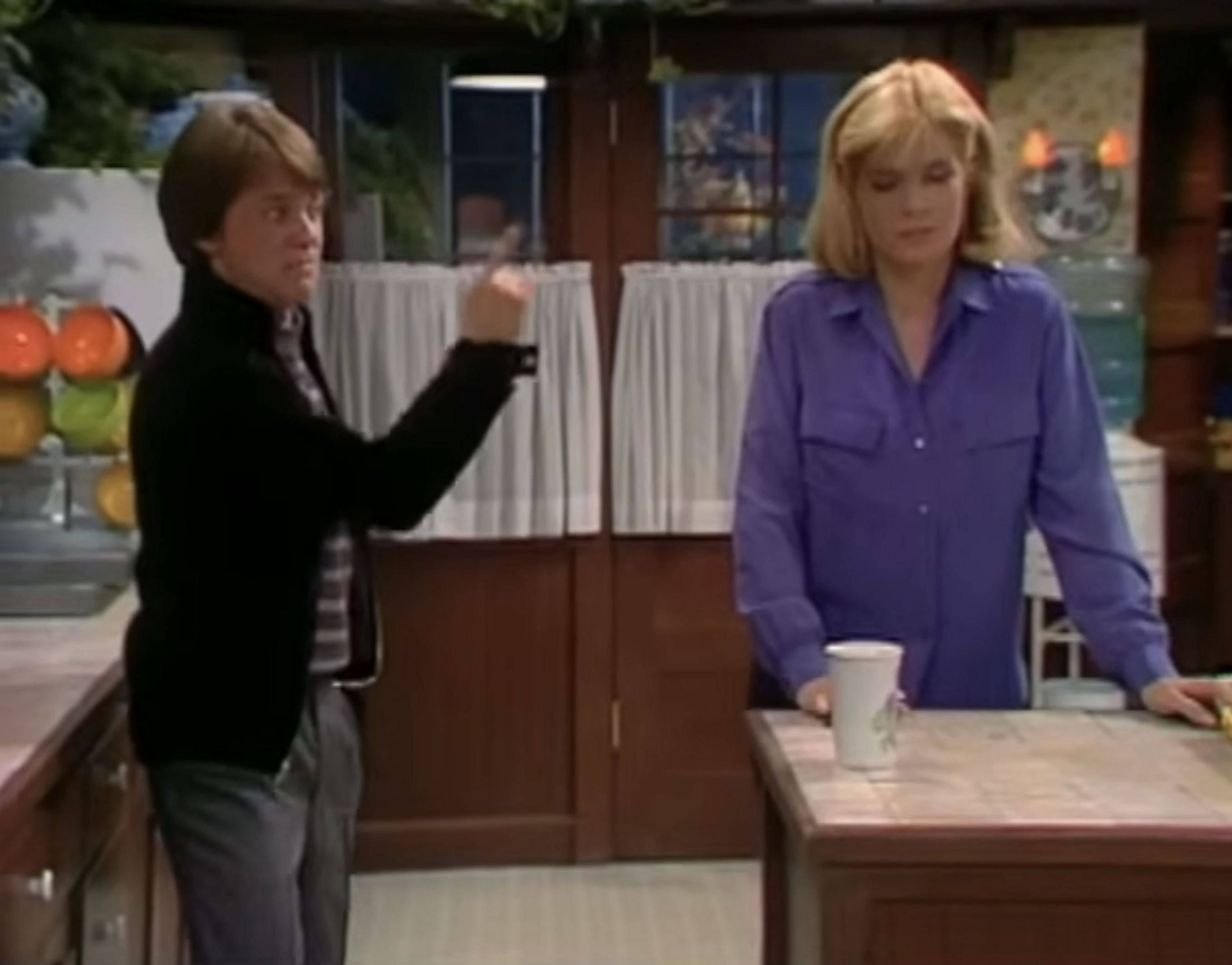
By the 1970s and 1980s, television began to move away from cookie-cutter formats.
Shows like All in the Family, Good Times, and Family Ties began to address social issues head-on. These are not just shows about family; they are shows about family. They sound a cultural wake-up call.
“All in the Family” featured Archie Bunker’s family facing issues ranging from racism to gender roles, while “Good Times” shows us the struggles and triumphs of a black family in Chicago.
Meanwhile, Family Ties gives us a look at the generational conflict between hippie parents and their conservative Reagan-era children.
This era has given us bickering, laughter, and families growing together in real ways. Sure, it’s chaotic, but isn’t that what family is all about?
The rise of complex and stable families in the 1990s
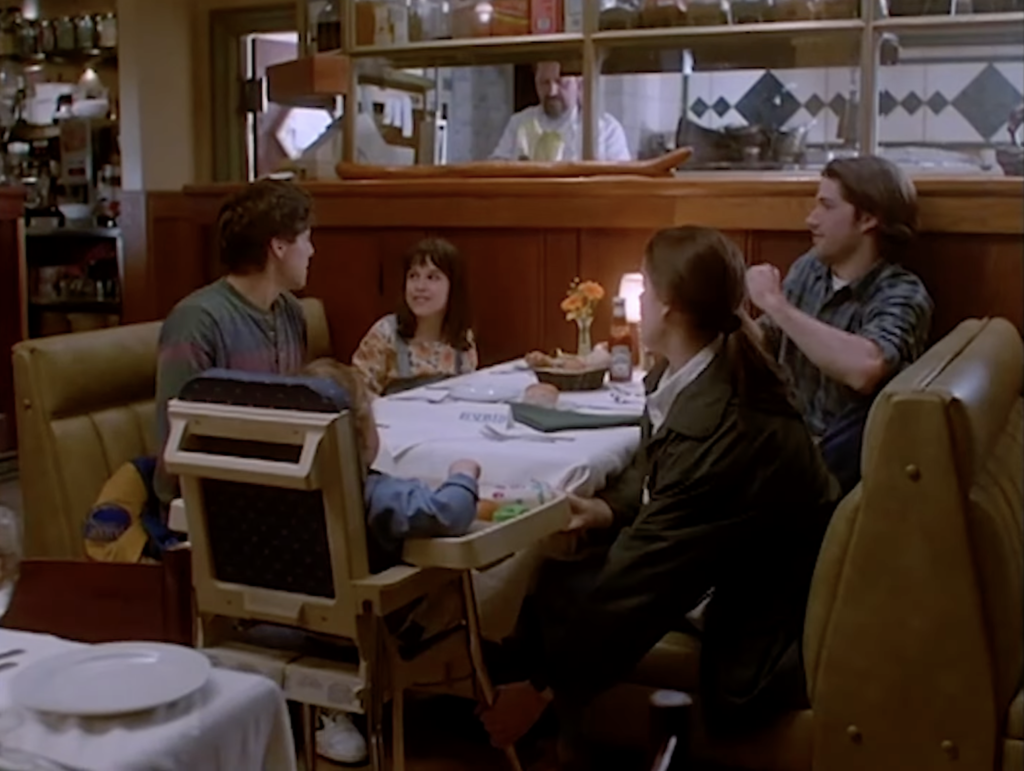
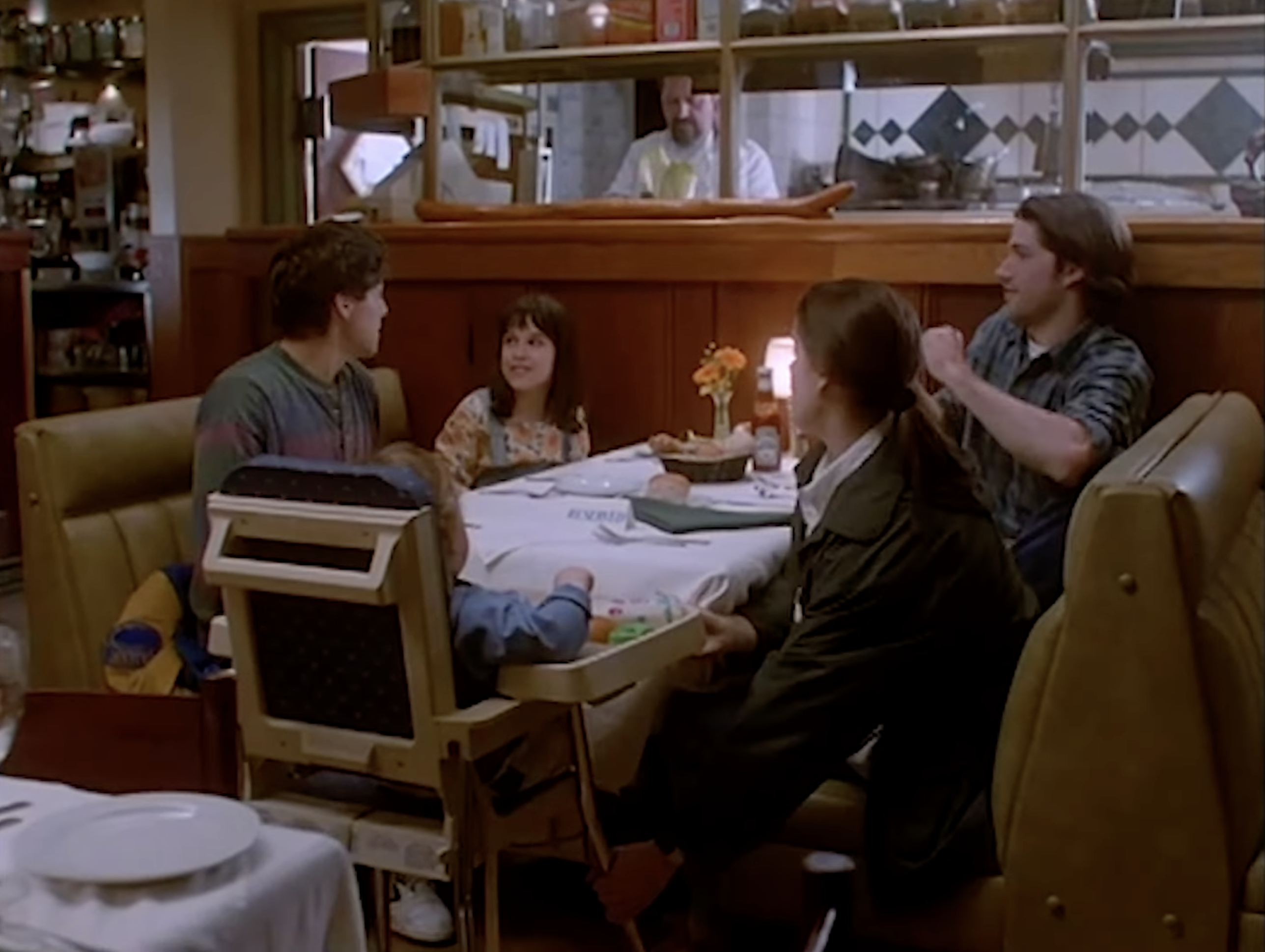
Ah, the ’90s—the era of flannel shirts, grunge music, and gut-punching TV family dramas. On TV, the ’90s were all about digging deep.
Shows like Party of Five, 7th Heaven, and My So-Called Life introduce us to families grappling with grief, teenage rebellion, and the chaotic realities of life. They brought emotional depth and layered storytelling that resonated with a new generation.
But the ’90s also gave us something new: finding family.
Think about friends. Sure, it’s a situation comedy, but at its core it’s a story about a chosen family. These characters create a support system as strong as any blood relationship.
Then there’s Buffy the Vampire Slayer. Buffy’s “Scooby Gang” doesn’t just fight evil; They spend their lives together proving that the family we choose is just as important as the family we are born into.
This shift reflects a cultural embrace of individuality and an understanding that family is where you find it—and as the definition of family expanded in real life, it evolved on television, too
Redefining the 21st Century
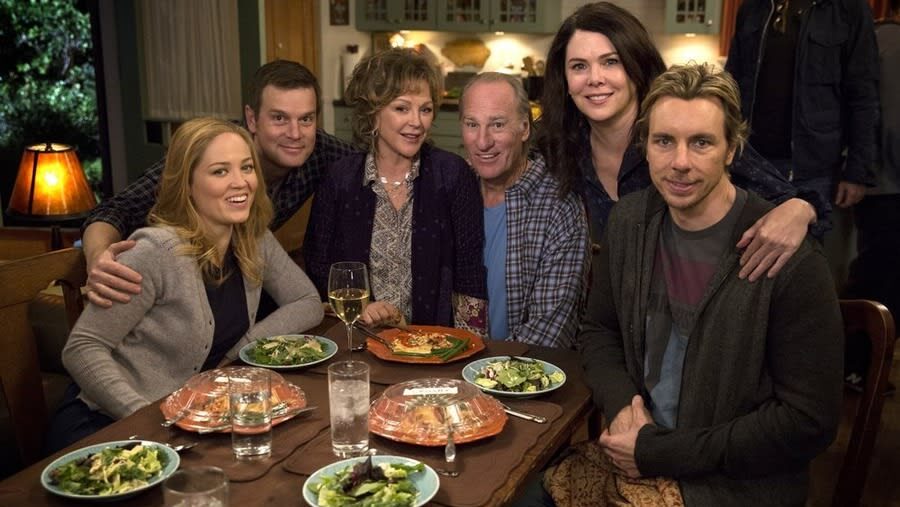

Fast forward to the 2000s, and family shows are more diverse and vibrant than ever. Shows like Parenthood, The Fosters, and This Is Us showcase families in all their forms: blended families, multicultural families, LGBTQ+ families, and more.
Parenthood is a masterclass in capturing the joys and struggles of a large, imperfect family.
The Fosters begins as an interracial lesbian couple raising biological, adopted, and foster children.
This Is Us raises the bar for emotional storytelling, weaving together past and present to show how family history shapes us.
These shows don’t just tell stories; They invite us to see ourselves and our own families in new ways. They address systemic issues and intersectional identities, proving that modern families are as complex and diverse as the world around us.
Dysfunction and Type Mixing
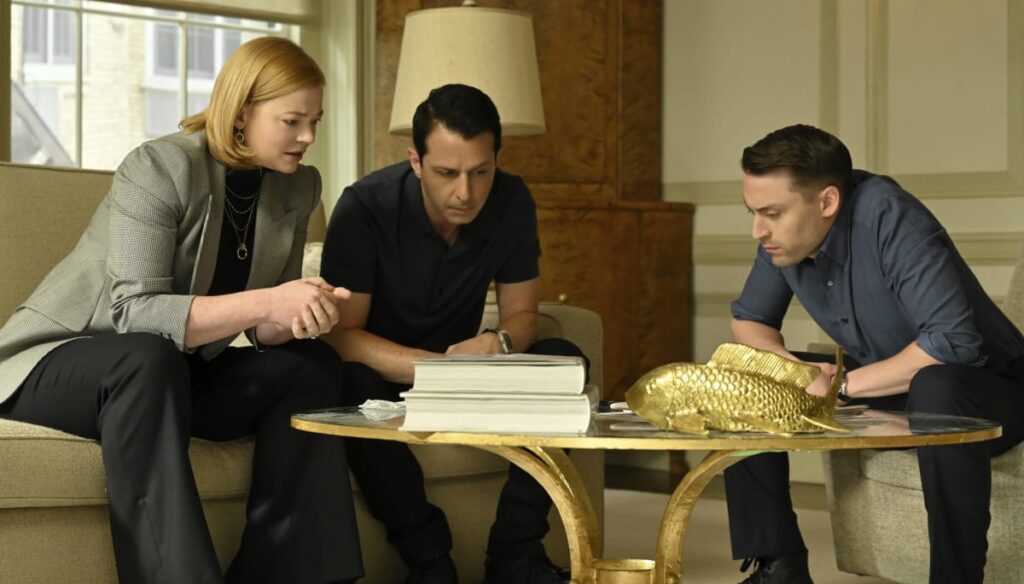
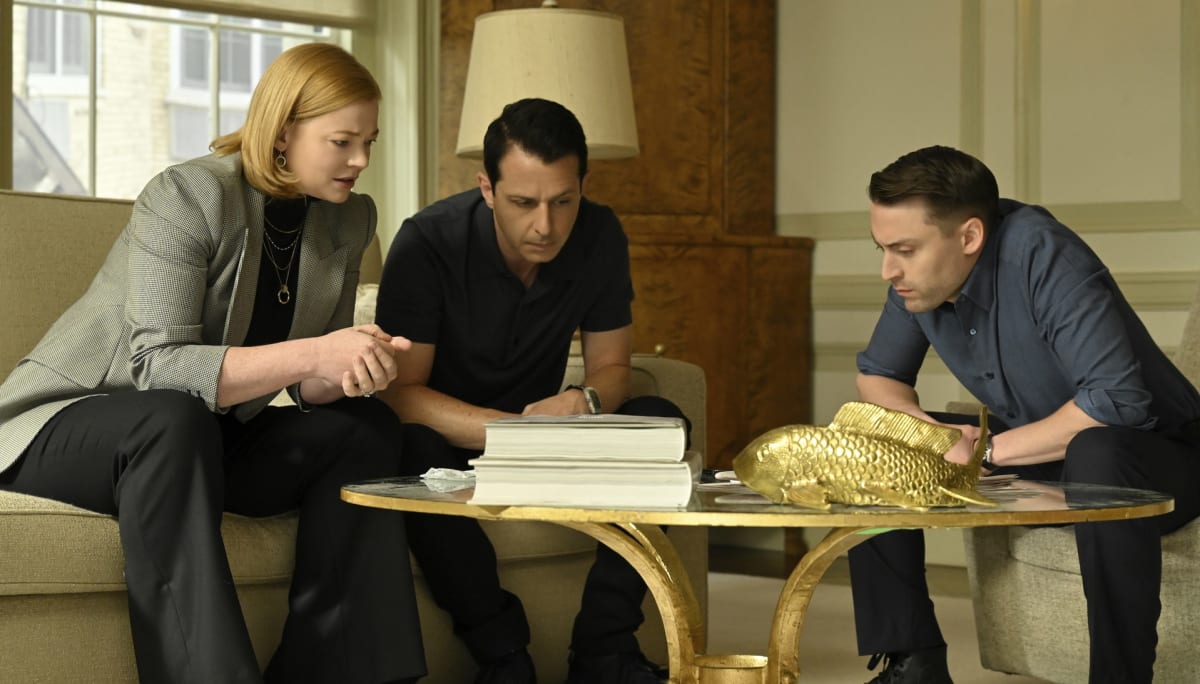
In recent years, family programming has taken another turn, becoming dysfunctional and merging with other genres.
Succession turns sibling rivalry into a Shakespearean power struggle, and Shameless shows the Gallagher family surviving (and sometimes even thriving) amid the chaos.
Even “The Sopranos,” which is often categorized as a crime drama, is at its core a story about family — albeit one with gang ties.
These shows don’t shy away from the darker, messier side of family life. They’re raw, unfiltered, and sometimes downright uncomfortable.
But that’s exactly why they resonate. After all, family isn’t always easy – and these shows capture that fact in a very real way.
The timeless charm of TV families
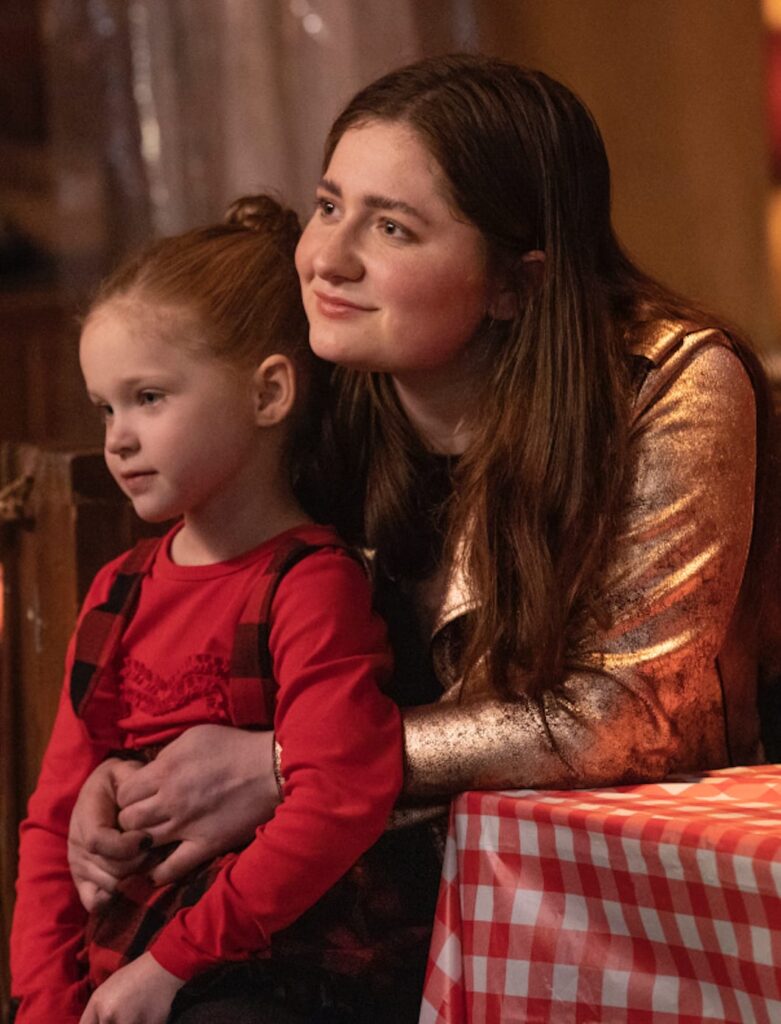
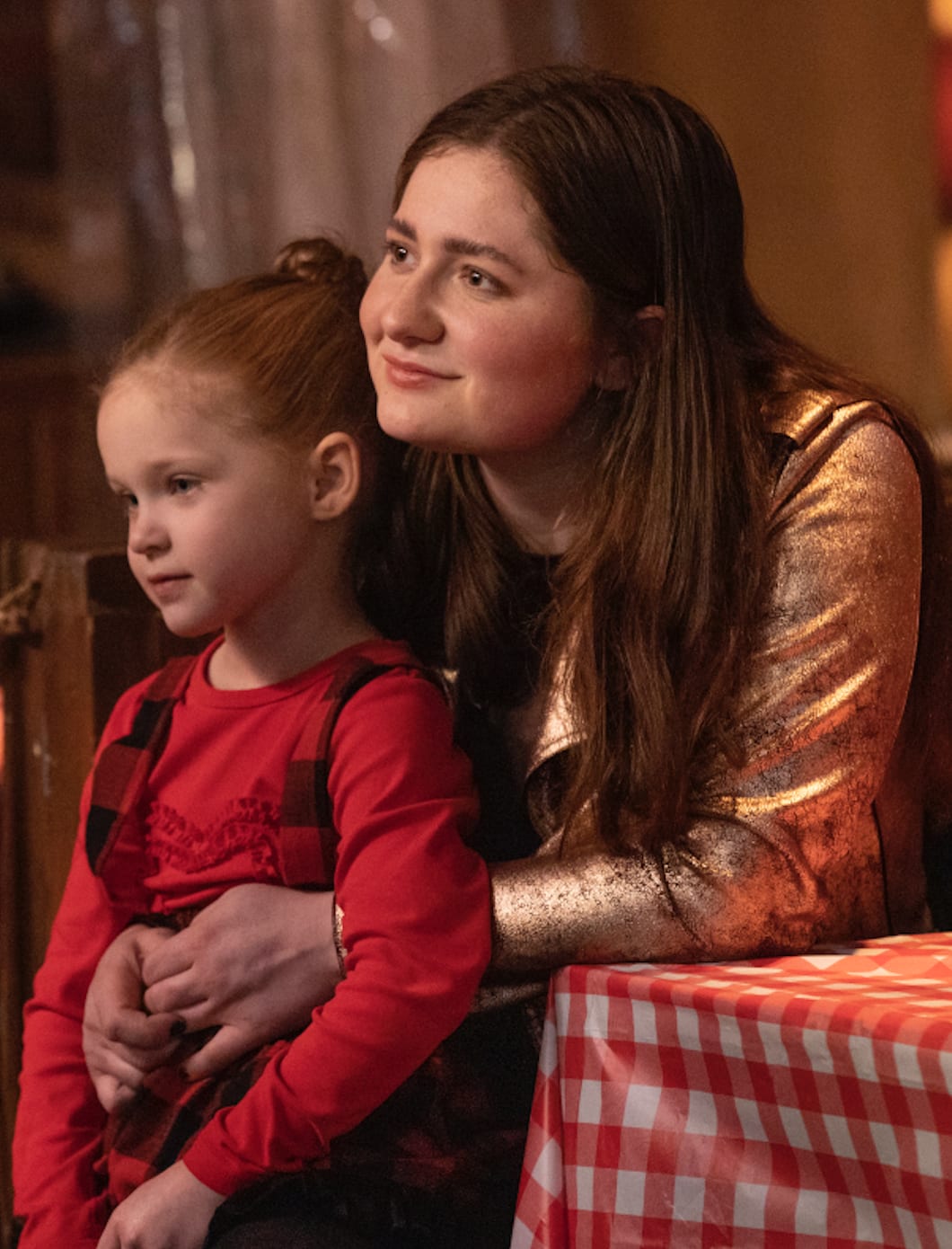
From the idyllic families of the 1950s to the complex, unconventional families of today, television shows about families continue to evolve to reflect our changing world.
But at their core, these shows all have one thing in common: they remind us that whether it’s a group of friends in a New York apartment, a blended family struggling with love and loss, or even a gang trying to keep their families together Boss, family is the foundation of our lives.
It’s no wonder these shows have stood the test of time.
They speak to our need for connection, our struggle to belong, and our abiding hope that we will find our place in the world no matter what. Isn’t this what family is about?

